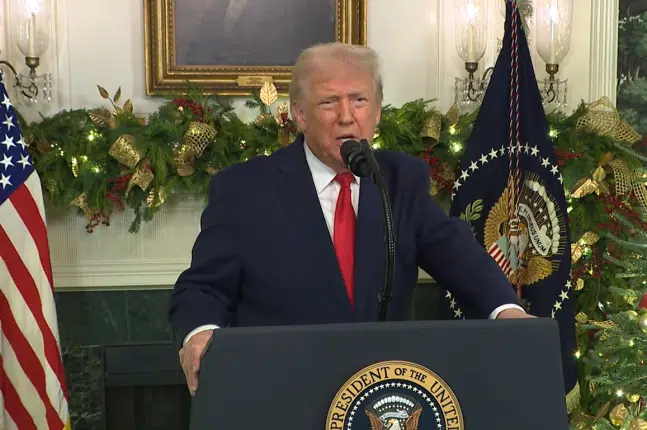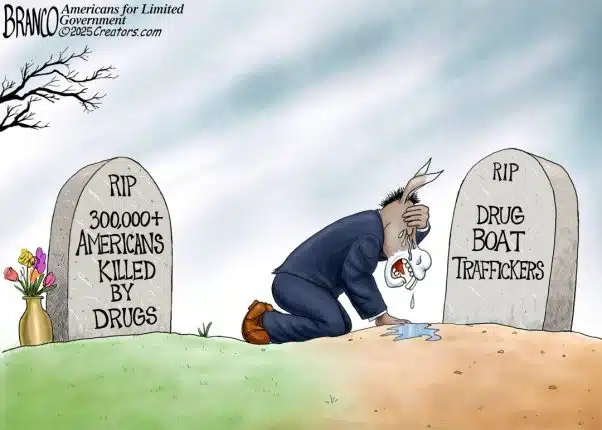
Earlier this year in March, Congress completed work on a six-month continuing resolution that will carry discretionary government spending, about $1.87 trillion, through the end of the fiscal year, Sept. 30, which is now rapidly approaching.
Now, Congress will again be called on to pass in some form the 12 appropriations bills. Usually, at this time of year, that would come in the form of another continuing resolution followed by a year-end omnibus or more continuing resolutions with 30 omnibus spending bills adopted since 1986 through the most recent period and now 16 full-year continuing resolutions since 1977. Big spending bills whether an omnibus or a continuing resolution, are the most likely outcome under the current rules.
So far, will little more than a month to go, the House and Senate have both only finished one of the 12 bills, that one on military construction. The Senate version of that includes Agriculture and Legislative Branch as well, so those still need to be reconciled. The House has also passed Defense on its side. September could see a marathon of votes ahead of the Sept. 30 deadline.
Which means that the majority party, in this case the Republicans, will ultimately end up making a spending deal with the minority party, the Democrats, which absolutely requires the cooperation, even tacit, of Senate Minority Leader Chuck Schumer (D-N.Y.), as it did in March when Democrats elected to kick the can for the remainder of the fiscal year.
Now, Democrats will have a choice once again to “fight” although they have no cards to play other than to filibuster what will likely be a short-term continuing resolution, a few of which can clank around in the autumn until you usually get a deal before Christmas.
But these are not usual times. Schumer, who faces reelection in New York in 2028, is faced with an increasingly radicalized political base, with U.S. Rep. Alexandria Ocasio-Cortez, who if she ran against Schumer might very well unseat him.
For Congress, there are really only two choices: another continuing resolution or a temporary, partial government shutdown. More radical members will want to use the government funding as leverage to achieve another objective, likely centered on opposing President Donald Trump’s successful campaign to secure the southern border, finish the border wall and deport hundreds of thousands of illegal aliens. Or to defund the President’s National Guard deployments in Los Angeles, Calif. and Washington, D.C. Or to undo the One Big Beautiful Bill. None of which will happen.
It’s a fact: With the Senate filibuster, bipartisan continuing resolutions and omnibus spending bills are the most likely outcome when agreement cannot be reached on the individual appropriations bills.
Only very rarely does Congress complete the work on the 12 bills. In fact, since 1977, Congress has completed all of its appropriations bills only four times prior to Oct. 1: in 1977, 1989, 1995 and 1997. The last time no continuing resolution was used by Congress was in 1997.
Otherwise, Congress typically does not get the appropriations process done, about 91.3 percent of the time, instead resorting to stopgap spending bills in lieu of a massive omnibus or year-long continuing resolution, the former of which has now passed.
Situations of there being mixed party rule occurred most of the time since 1977, 66 percent of the time, whereas only 33 percent of the time was there one-party control of the House, Senate and White House: 1977 through 1980, 1993 through 1994, 2003 through 2006, 2009 through 2010, 2017 through 2018 and 2021 through 2022 and now again in 2025.
Three out of four times that Congress got all of its appropriations bills done prior to Oct. 1 came with mixed party situations, where one party controlled the White House and the other controlled the House and Senate. In 1989, Republican George H.W. Bush came to agreement on funding bills with a Democratic controlled Congress, and in 1995 and 1997 Democrat Bill Clinton came to an agreement on spending bills with a Republican controlled Congress. In 1977, it was done with Democratic one-party rule, but that appears to be the exception.
Otherwise, the government has been funded for at least part of the year via continuing resolutions in 43 out of 47 years since 1977. On or about Sept. 30, or shortly thereafter, it will be 44 out of 48 years when Congress resorts to a continuing resolution again.
And there’s nothing Senator Schumer can do about it really, other than to explain the reality to New York primary voters in 2028 when he finally faces them. A pitched government funding battle over the next few months, if the end result is the same outcome, more continuing resolutions, effectively freezing spending at 2024 levels, could make or break Schumer’s Senate career. Ocasio-Cortez is waiting in the wings. As usual, stay tuned.
Robert Romano is the Executive Director at Americans for Limited Government Foundation.
Correction: Schumer faces reelection in 2028, not 2026.






